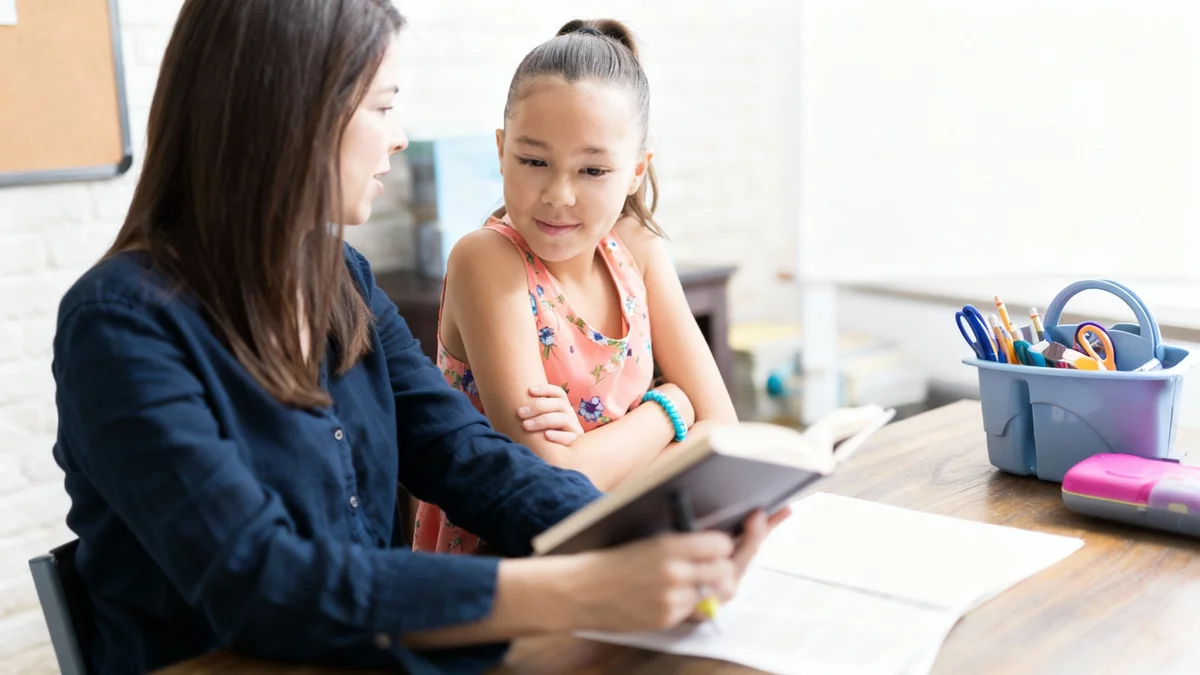The number of children being educated at home in the United Kingdom has climbed to a new peak, with official figures showing 111,700 students are now homeschooled. This represents a substantial increase from just under a decade ago and signals a growing shift in how families approach education.
This trend, which accelerated following the global pandemic, is driven by a complex mix of factors, including dissatisfaction with the traditional school system, concerns over children's mental well-being, and a desire for more tailored learning environments. The rise is not unique to the UK, as the United States reports a similar surge, with an estimated 3.6 million students now learning outside of conventional classrooms.
Key Takeaways
- The number of homeschooled children in the UK reached 111,700 in autumn 2024, up from 92,000 in 2023 and 37,000 in 2015.
- Key reasons for the increase include concerns about school environments, a lack of support for special educational needs, and the impact of the pandemic.
- The trend reflects a broader international movement, with the U.S. homeschooling population growing from 2.5 million in 2019 to 3.6 million.
- While many families report benefits, challenges include social isolation for children and significant financial and time commitments for parents.
The Pandemic's Lasting Impact on Education
The widespread school closures during the pandemic served as an unprecedented, large-scale experiment in home education. While many parents found the experience challenging, for some, it revealed an alternative path that they have chosen to continue.
For these families, the lockdown period demonstrated that their children could thrive academically and emotionally outside the structured environment of a school. Shirley, a 50-year-old mother, observed a significant improvement in her two teenage daughters' happiness. She noted that one daughter's long-standing eating disorder dramatically improved when she was away from the social pressures of school.
"My girls absolutely blossomed during lockdown," Shirley explained. "It was like having my kids back again, and I realised how much school had been dragging them both down." This experience led her and her partner to make the difficult decision to homeschool their daughters through their crucial GCSE years, a choice that required hiring tutors and taking out a loan.
School Absenteeism on the Rise
The increase in homeschooling coincides with a rise in school absenteeism. According to the Department for Education, 2.26% of pupils in the UK are now classified as severely absent, meaning they miss more than half of their classes. This is a sharp increase from the pre-pandemic level of 0.81% in 2018-19. Additionally, nearly 18% of the student population is considered persistently absent.
Why Parents Are Leaving the Mainstream System
Beyond the pandemic's influence, a growing number of parents are opting out of traditional schooling due to fundamental concerns about the system itself. Many feel that schools are ill-equipped to meet the individual needs of their children, particularly those with special educational needs (SEN).
A Tailored Approach to Learning
Kayla, 41, a former speech therapist, gave up her career to homeschool her two children. Her son, Bertie, has severe ADHD, while her daughter, Hattie, is musically gifted. She felt the mainstream school system was failing both of them.
"Every day, school increasingly just wasn’t possible for Bertie; he was either getting into trouble or freaking out every morning," Kayla said. "And Hattie was just getting lost in her class and was completely withdrawing." After extensive research, she created a home classroom, even partnering with another family to share teaching responsibilities. She emphasizes that successful homeschooling requires a full-time commitment and deep preparation.
The United Kingdom currently has the highest number of homeschooled children in Europe. The trend is also accelerating in countries like France and Belgium, though the numbers are dwarfed by the estimated 3.6 million students being educated at home in the United States.
The Social and Ideological Dimensions
One of the most common criticisms leveled at homeschooling is the potential for social isolation. However, modern homeschooling families often build extensive support networks through online communities and local groups that organize meetups and shared activities.
Despite these efforts, some children, especially as they enter their teenage years, feel they are missing out. Charlotte, a 15-year-old who has been homeschooled since she was nine, expressed a desire to return to a traditional school.
"I hear about their school days and even though they tell me I’m lucky to avoid all the stresses of school, I miss it," she said. "You see the Snaps and the texts, about crazy, funny things at school and even the arguments, and I just want to go."
A growing ideological divide also contributes to the trend. In the U.S., surveys show that 75% of homeschooling families cite "moral instruction" as a key factor. While educational reasons are more dominant in the UK, an anti-government sentiment is on the rise. Some parents believe schools promote a specific political agenda they disagree with, while others from various religious backgrounds feel schools do not adequately accommodate their faith.
Calls for Regulation and Oversight
The rapid growth of homeschooling has not gone unnoticed by policymakers and child welfare advocates. The tragic case of Sara Sharif, a 10-year-old who was removed from school after teachers raised safeguarding concerns, has intensified calls for a national register of homeschooled children.
Proponents argue that such a register would give local authorities greater oversight and help protect vulnerable children. However, many homeschooling families strongly oppose the measure, viewing it as an unnecessary government intrusion into their parental rights.
Amanda Grimberg of the Coalition for Responsible Home Education in the U.S. acknowledges that most homeschooling parents have their children's best interests at heart but supports clearer policies to prevent potential harm. "On the more severe end of the spectrum, children are physically abused and neglected," she warned, highlighting the need for a balanced approach.
As the movement continues to grow, the debate over how to balance educational freedom with child welfare is set to become more prominent, forcing society to re-examine the role and structure of education in the 21st century.





